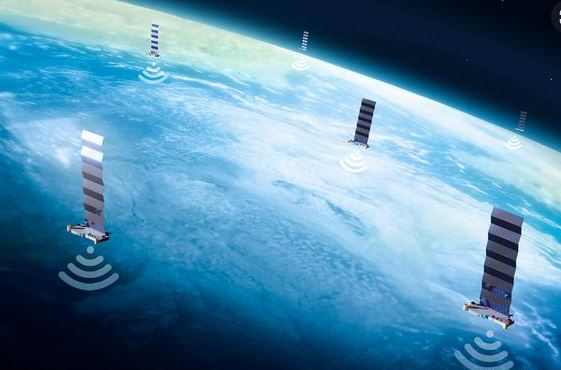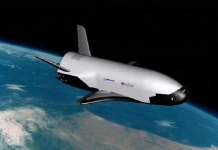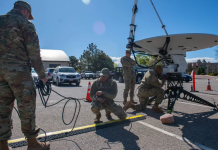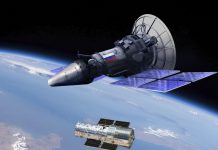- Elon Musk’s Starlink project’s ‘satellite train’ is spotted in the skies all over the world.
- Those same shiny lights are also causing trouble for Musk as astronomers allege that the satellites are blocking out the view of outer space.
- Musk responded on Twitter saying that Starlink will have “0% impact on advancement in astronomy”.
- The National Radio Astronomy Observatory (NRAO) and the Green Bank Observatory (GRO) have been working in collaboration with SpaceX to analyze the potential impact of the Starlink satellite constellation.
People around the world have been gearing up to watch Space X’s Starlink ‘ satellite train’ whip across the sky.
Astronomers, on the other hand, are rallying against Elon Musk’s broadband enterprise launched on May 24, for beaming out lights that are blocking the rest of the cosmos.
The National Radio Astronomy Observatory ( NRAO) and the Green Bank Observatory (GRO) have been working in collaboration with SpaceX to jointly analyze the potential impact of the Starlink satellite constellation.
Musk lashed back on Twitter saying that the satellite will have “0% impact on advancement in astronomy” and that “telescopes should be moved into space anyway”.
He went on to assure that SpaceX could tweak the solar reflection if a critical astronomical experiment is taking place.
As long as the satellites are helping billions of people who live in connectivity starved areas get internet, “it’s worth it” in his opinion.
It’s bigger than Starlink
Right now the fuss is over 60 satellites that Musk launched for Starlink — a project that is set to grow to 12,000 satellites.
The problem of satellites blocking out the view of telescopes from Earth, exists beyond Musk’s Starlink satellite constellation. A bunch of other companies including Jeff Bezos-backed Blue Origin, have plans to launch their own satellite constellations out into space.
The NRAO has stated that the guidelines resulting from discussions with SpaceX can be further be used on other satellite constellations as well.
The observations also overlook proposals on exclusion zones and other mitigations for SpaceX in order to determine the parameters of satellite constellations.





